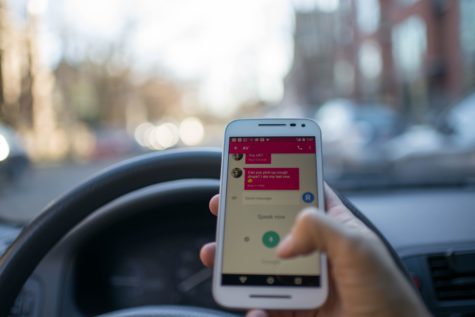QUEENSLAND, Australia — There is no such thing as driving defensively while using a mobile phone. A new study finds that people who simply slow down to drive more “safely” while fiddling with their devices may actually increase the odds of a crash.
Researchers at Queensland University of Technology in Australia examined the potential hazards associated with using one’s phone while behind the wheel, finding that some behaviors were particularly dangerous.

Slowing down, for example, which often happens when one texts while driving, can cause other drivers to react more aggressively, increasing the likelihood of an accident.
Overall, the mere use of a phone while driving quadruples one’s risk of being involved in a crash.
“Young drivers are particularly at risk as there is a greater prevalence of driving while using a mobile phone in this age group,” shares lead researcher Oscar Oviedo-Trespalacios in a university news release.
Oviedo-Trespalacios and his team recruited 32 young motorists to use a driving simulator that had them maneuver a vehicle under various traffic conditions. They were instructed to perform the simulation in three different circumstances as well: driving without use of any device, driving while using a handheld phone, and driving while using hands-free technology for a mobile device.
The researchers determined that “distracted drivers travel at about 5km/h (about 3.1 mph) slower when following another vehicle and almost 3km/h (about 2 mph) slower in free-flowing traffic,” adds Oveido-Trespalacios.
Some of the negative consequences linked to smartphone use include an increased likelihood of being involved in a rear-end accident, encountering more agitated drivers, and experiencing more gridlock on the roads.
While openly questioning whether drivers must use phones in the first place while behind the wheel, the researchers suggest design improvements such as “changing the design of mobile phones so they are context-aware and only work when it is safe to do so,” if individuals must have their devices by their side.
“Other options maybe looking at advances in technology and developing warning systems that alert drivers when they are distracted, or advise drivers of when it is safe to use their phone handsfree,” says Oveido-Trespalacios.
The study’s findings were published in the leading road safety journal Accident Analysis and Prevention.

Comments
Comments are closed.